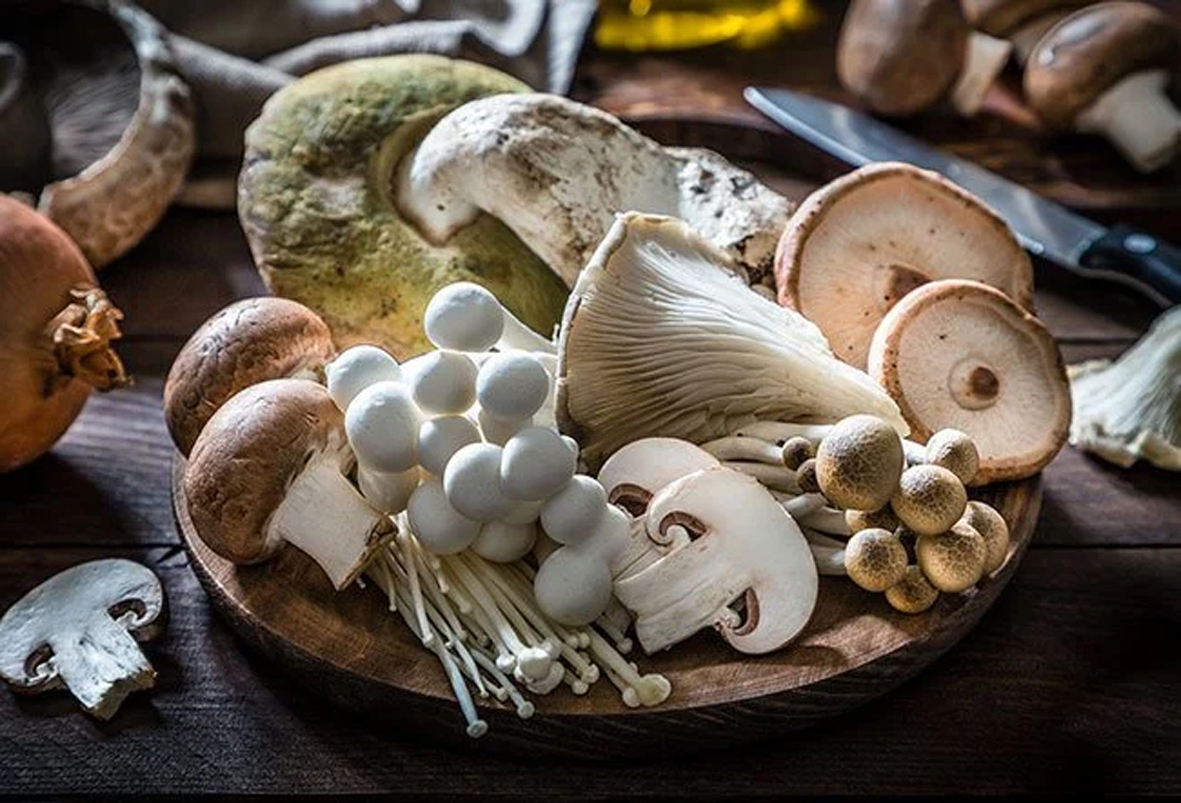Y.S Bagal, Rakesh Nanda
Non-timber forest products (NTFPs) are a diverse range of commercial and subsistence materials derived from forests that do not include timber. “Non-wood,” “minor,” “secondary,” and “special” or “specialty” forest products are similar terminology. Jammu and Kashmir (J&K) region of India has 20,230 sq km of the forest area which is around 20% of its geographical area. The forests of the region have one of the richest biodiversity with high medicinal and aromatic plants along with other NTFP resources distributed in different agro-climatic zones namely sub-tropical, intermediate and temperate zones. The main tree species abundantly found in sub-tropical region with paramount NTFP importance are Acacia catechu (Mimosaceae), Acacia nilotica (Kikar/ Ferlai), Aegle marmelos (Bael), Carissa spinarum (Garna), Cordia dichotoma (Lasura), Ficus palmate (Fakhana/ Fakuaara/ Fakura), Flacourtia indica (Kakoa), Ficus roxburghii (Trimbal/ Rumbel), Ziziphus xylopyrus (Keth Ber), Ziziphus nummularia. In intermediate zone, Pinus roxburghii, olive, Pyrus pashia etc are found. The temperate region comprises of Cedrus deodara, Juglans regia, Pinus gerardiana etc which are of crucial economic importance from NTFP point of view. Some important non-timber forest products (NTFP) available in J&K are Saussurea costus (Kuth), Berberis lyceum (Rasount), Viola canescens (Bunafsha), wild apricot, Dioscorea deltoidea (Kins), Aloe vera Tourn. Ex Linn. (Aloe) & Morchella esculenta L. (Gucchi) etc. The people living in the vicinity of the forest collect the NFTPs for their livelihood sustainability as an off-farm income for them. An exploratory study was conducted in Shivalik range of Jammu region to ascertain the role of identified NTFPs especially mushroom (Morchella esculenta L.) in the livelihood security of peasants. Personal observation and experience about various NTFPs in the market like prices and collection processes by local communities were also considered during study. Morchella esculenta L., is often known as morels or gucchi are found in various areas of Shivalik range of Jammu region.
A forest dweller who finds gucchi is typically said to as the luckiest person in the area. Local people often hide the location from where they pluck gucchi mushrooms. On his luckiest day, a specialist can collect up to 8-10 kg of fresh mushrooms, although the average collection is one to ten kg. According to people, various mushrooms species have certain association with plant species. People recognize them through their various colors, like yellow, white, half-white, brown, blackish and dark brownish etc and different shapes. The local people also search these mushrooms under various tree species like apple, pears, Taxus wallichiana, Abis spindrow, common walnut (Juglans regia), Pinus wallichiana etc.
Collection of gucchi takes much time. Collectors go for collection early morning. It was reported that emergence of gucchi is more during thundering, lightening and snowfall. They collect gucchi in polythene bags or in cotton bag. Not only adults but also school-going children went in groups to nearby forest areas. Many people in local communities collect part time in addition to their regular jobs, such as grazing animals, collecting fodder and fuelwood etc. The role of women is really crucial in all the processes like collecting, cleaning and drying. The average distance travel per day by collectors for collection of gucchi was 15 kms. The average number of days in a year, collectors involved in collection was 33 days .
Immediately after collection, gucchi was dried using traditional methods. Collectors often use one of two ways for drying gucchi: lying them out on the floor or on a cloth in the open air, or by putting it in thread in the form of garland and hanging it on the wall near stove/chulla (furnace) in the kitchen. It was reported that gucchi shed a significant amount of weight after drying. After drying, gucchi can be stored for even after 2-3 years. Dried mushrooms are sold on barter trade basis or for money to the nearby local grocers. Local people also sell products to local traders, who visit regularly to the village or town. From the grocers dried mushrooms are sold to “Middle Men” in to the main trading markets who supply mushrooms to main trading centers. In a season collectors collect an average quantity of 1.27 kg . Collectors reported that its dry weight price of Morchella esculenta was Rs. 3000 to 17000/- per Kg. It can be used for curing stomach pain. Some collectors also reported that it has also proven benefit in children having problem of bleeding from ear and nose.
The main issues affecting mushroom production and fluctuation are lack of local awareness about collection and processing techniques, lack of proper market knowledge and access, lack of government support, negligence of role of women during various processes of gucchi preparation and marketing, among others. Same situation also exists with other NTFPs especially medicinal plants.
Hence there is a need for taking initiatives to give training to the communities about product collection/utilization and marketing. Proper monitoring of trade and regularized market has to be created for various products collected from the wild, so that the forest dwellers may be well benefited. Moreover, these forest species will be conserved in such a way that this NTFPs collection will remained in continuation in the incoming times which will provide the continuous source of livelihood for the farmers of that area. If all of these issues are addressed properly, forest dwellers can expect a better pricing and a better quality of life.
(The author is Ex- Ph.D Scholar and Professor Division of Agricultural Extension Education, SKUAST- Jammu, J&K)
Trending Now
E-Paper


